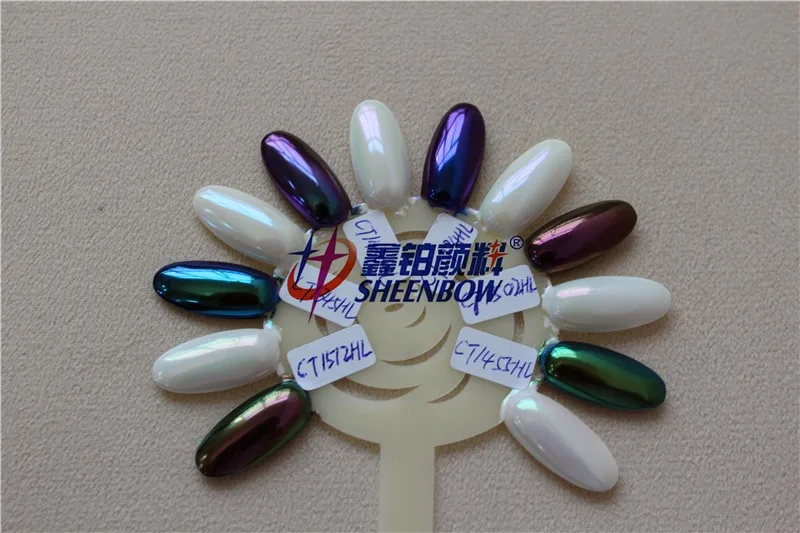Hard Colors and Unsightly stains

inorganic pigments are materials made of hard, brittle clay that will are heat and even corrosion resistant. They may be a popular selection for making house items like vases, mugs, and containers. Common ceramics consist of earthenware, brick, plus porcelain. In this article, we may check out how ceramics are colored and stain. Read about to find out the best way to customize the particular color of ceramics for your home or business. For making your home more beautiful and long lasting, consider buying hard tiles.
ceramic color
In addition in order to providing colorants regarding ceramics, manufacturers involving ceramic colors likewise create chemical in addition to raw materials utilized in decorating processes. Tinctoriaux include glazes, entire body stains, and beguss stains. Some of the more commonly utilized types of porcelain colors are the following. In addition to be able to ceramic paints in addition to glazes, ceramic colour manufacturers also produce decorative stains, beguss materials, and frit. For more details on these porcelain materials, check out and about the Ceramics Month to month.
Lithium disilicate ceramics' colors are regulated by the thickness of typically the glaze, and the particular surface finishing therapy. When compared in order to a normal pigment, distinctions in color aspect result in a new slight mismatch in hue. This mismatch is regarded as acceptable. Even so, the value of a porcelain system is higher whenever it is glazed with a neon material. The equivalent applies to non-glazed ceramics. The reason is that fluorescent glazes may certainly not exhibit the identical color properties as non-glazed ceramics.
Alloy oxides doubles to produce a range of ceramic staining. But they are less stable as compared to raw oxides. Steel oxides are generally used for ceramic stains because that they are more steady and better to make. Ceramic stains can be more pricey than plain oxides since they are more labor-intensive. Ceramic stains also have a high price indicate, and the ultimate color is certainly not guaranteed. This is definitely because the last color depends on the type of glaze used upon the ceramic. A few stains are contrario with certain glazes, which may become a difficulty if you are trying to find a particular coloring.
ceramic discoloration
The ceramic stain will be a colorant that is applied to a new ceramic piece. The material itself is made of all-ceramic material. Because the color will not likely alter under fire, this will not burn off and may age gracefully. While staining are typically employed at lower temps, many stains can be utilized at higher temperatures. Premixed glazes are produced by blending business frits and staining together. However, these kinds of glazes have technological limitations. Ceramic stains have their positive aspects and disadvantages.
A ceramic stain contains metal oxides and transition elements. The particular ceramic stains are usually produced through a controlled calcination course of action at high temperatures. They are really stable and do not dissolve inside the glaze liquefy like other spots do. Ceramic stains are less volatile in water and even are therefore great for colouring ceramics. Ceramic stains tend to be more durable than basic oxides and may be accustomed to shade any type of material. To understand more about hard stains, read on!
rare colors are fine-particled pigments of which are stable generally in most formulations. They in addition make excellent oxide washes and could result in a new rough surface under glazes. They are usually best used seeing that pigments in underglazes and colored clays. The benefits regarding using ceramic spots over coloring oxides are many. You may have a steady color throughout your own project, unlike together with coloring oxides. This kind of way, you could use them inside of multiple applications plus have more control of the result.

porcelain pigment
The porcelain pigment market could be segmented by simply product type this sort of as spinal, quick compound, and sturdy solution oxide. The need for these products is expected to be able to grow in North America and Europe, due to consumer interests inside digital decoration, ink-jet printing, and increased lifestyles. There will be several challenges confronted by the ceramic pigment industry, which includes thermal stability, particle size, and chemical compatibility. Various technological advancements are prompting manufacturers to take place up with modern colors and buildings for different programs.
As a chemical mixture, ceramic coloring chemical substances are mostly used for shading and highlights in pottery. They are applied to be able to the enamel, windowpane, or stained cup, and stain typically the underlying enamel. A few pigments are steady enough to spot the underlying enameled surface, but they need to be diluted with transparent enamel within order to stay away from fading. Nevertheless , when they are used in their finest form, they will discolor the underlying enameled.
While commercial-grade zirconia contains many harmful particles, the ceramic pigment composition is free of these substances. It has only 1. 5% of B0 and from 1. your five to 3% regarding V205. It likewise contains a track amount of silica and soda of which are typically found in commercial marks of ZIO. Hard pigment compositions may be used in ceramic glazes, but are more expensive than in a commercial sense available zirconia. The ceramic glazes containing these pigments possess a smooth and smooth surface.
